Why Sussan Ley’s election ‘won’t fix’ the Liberal Party’s problem with female voters
Sussan Ley’s appointment as the Liberals’ first female leader is significant – but it may not be enough to fix the party’s biggest problem.
Leaders
Don't miss out on the headlines from Leaders. Followed categories will be added to My News.
After the Liberal Party’s historic defeat at this month’s federal election, Sussan Ley made a little history of her own on Tuesday when she was appointed its first female leader in 80 years.
The 63-year-old, one of the longest-serving female MPs in today’s parliament, is only the second woman to lead a major Australian political party, and one of a handful to lead any party at all.
Ms Ley has said she hopes the occasion will send “a signal to the women of Australia” about the future of the Liberal Party – that “we need more women in our party organisation, we need more women in this party room”.
“We did let women down, there’s no doubt about that,” she said of Peter Dutton’s campaign for the prime ministership against Anthony Albanese.
“I want to rule a line under that. I don’t want to see that decline for one more day. That means a genuine, serious engagement with a new leadership team and new agenda, and one that I will personally drive.”
There is no question Ms Ley’s election is a milestone for the Liberals.
Whether it is enough to finally solve the problem that has been haunting the party for over decade – the so-called one it has with women – remains to be seen.
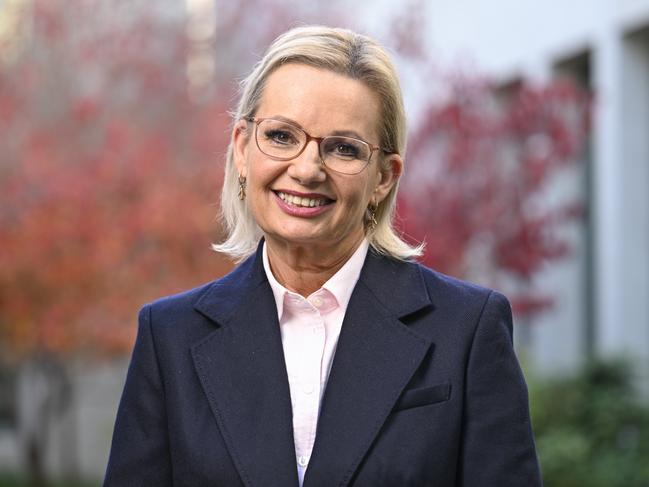
‘It didn’t start at the last election’
The Australian National University (ANU) found female Coalition voters had dropped from 45 per cent in 2013 to just 33 per cent at this year’s election, while an Australian Financial Review/Freshwater poll published in March showed just 28 per cent of women preferred Mr Dutton for prime minister.
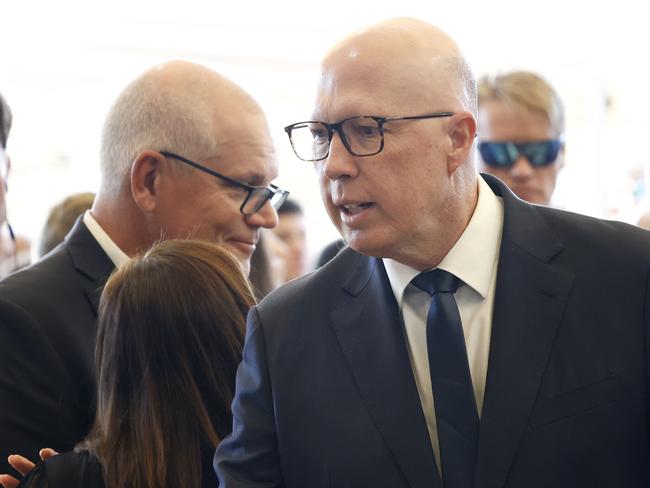
According to a 2013 study by the University of Wollongong, a party leader’s gender is but one of a multitude of factors that women consider when determining their vote.
A decade later, you only have to look at the US to see that is still the case.
In November, Kamala Harris became the second female presidential candidate to fail at breaking the highest glass ceiling in American politics, and the second to be trounced by Donald Trump, following his landslide victory over Hillary Clinton in 2016.
Not only was the Republican the more desirable candidate for white women over the age of 45, but fewer females voted for Ms Harris than they did for former President Joe Biden.
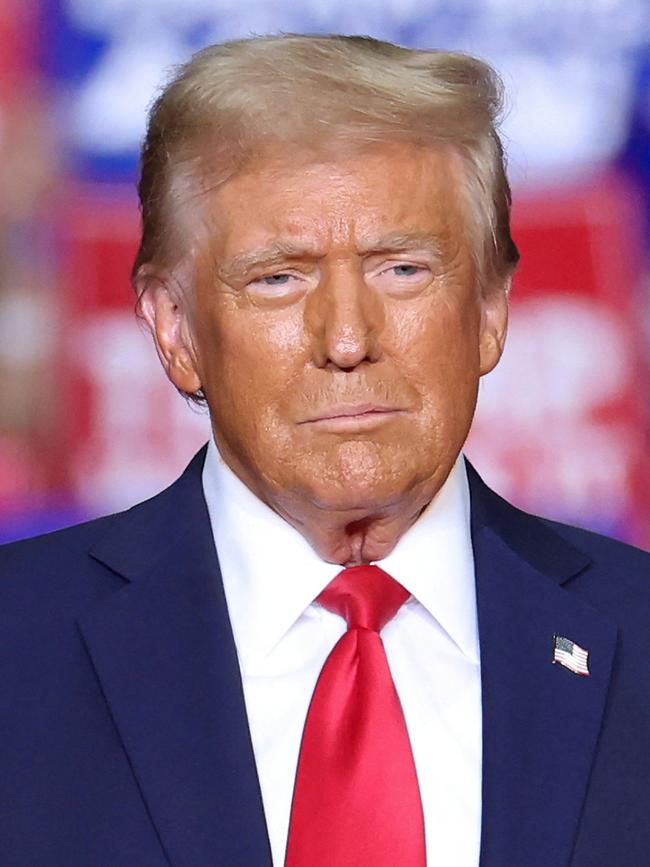
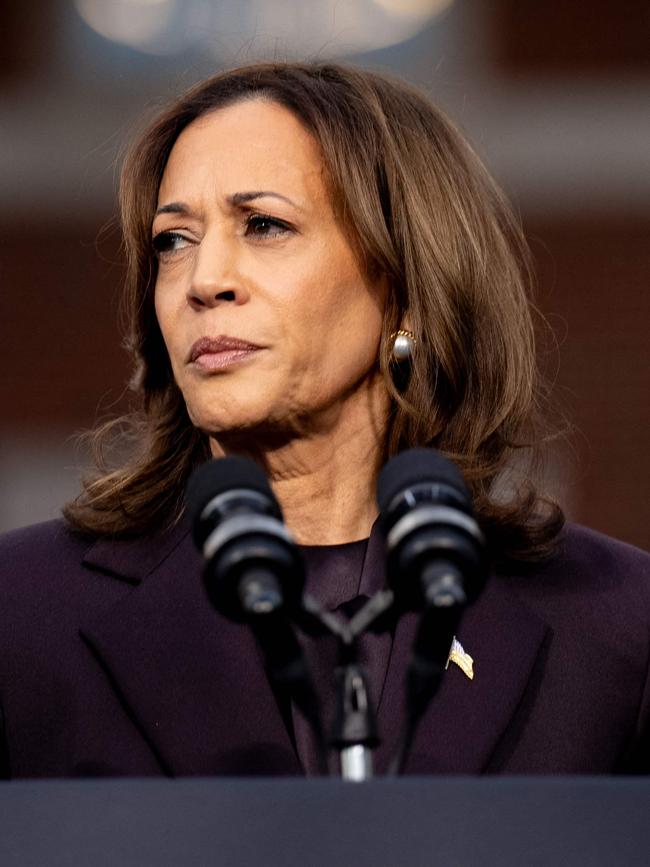
‘Parties are more likely to be the holdup’
Australian voters have shown – on a local, state and federal level – that they are “not opposed” to voting for women.
What is “more likely to be the hold-up”, La Trobe University political researcher Phoebe Hayman told news.com.au, are the parties themselves.
Earlier this month, West Australian teal independent Kate Chaney told reporters that the Liberals’ 2018 rejection of Julie Bishop in favour of Scott Morrison as leader was its “sliding doors moment”, where “a lot of women looked … and thought, this does not look like a party that represents me”.
The Hume-Loughnane review of the 2022 election loss similarly found that defectors in teal seats were highly likely to agree with the statement that “the treatment or attitude toward women within the Liberal Party had a strong influence on my vote”.
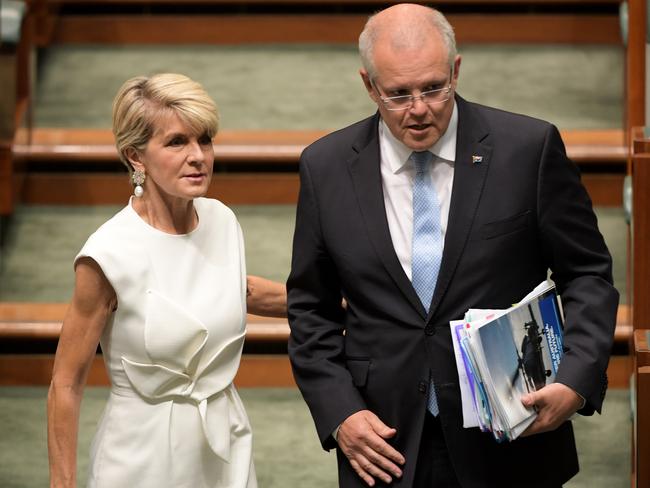
The perception of female politicians as more compassionate, collegial and caring – all attributes that are seen as important during internal crises – “may be what is needed within the Liberal Party as it goes through a period of reflection”, Ms Hayman said.
“However, women leaders are often punished for not adequately embodying masculine leadership traits when things improve, particularly by those within their party,” she continued.
“Research shows women party leaders are more likely than men to have short tenures that end by either being pushed out or pressured to resign.”
On Friday, Today host Karl Stefanovic asked Ms Ley point-blank if sexism was the reason it had taken the Liberals “so long to elect a female leader”.
Though Ms Ley responded she was “incredibly humbled to have the endorsement of my party room”, Australia Institute Chief Political Analyst Amy Remeikis told news.com.au the fact she only beat Angus Taylor by four votes - her 29 to his 25 - was worth noting.
“Sussan Ley’s biggest issue is that there is no sign the party is united behind her,” Ms Remeikis said.
“About half the party room does not want her as leader. And being a woman doesn’t mean that the party’s men-driven issues are solved, because the same people who supported Scott Morrison and Peter Dutton are still there.
“Ley was also a defender of many of the policies Morrison and Dutton had in place and has shown she is just as willing to engage in reactionary politics and culture wars.”
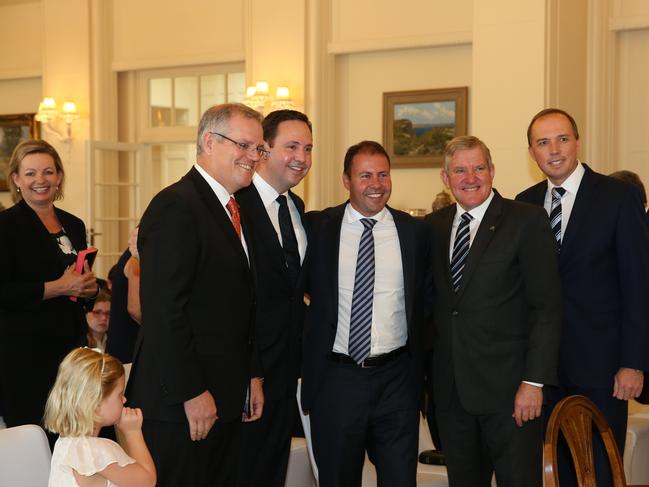
‘There is no opportunity for a circuit-breaker’
What the Liberals can – or will – do now to reconnect with their female voter base is unclear.
Given Mr Dutton failed to produce any policy that spoke to women, the party might consider offerings in such areas as the environment, education and healthcare, Ms Hayman said, which female voters tend to prioritise.
The Labor Party now boasts a majority female government for the first time, with women outnumbering men in the lower house. However this was achieved almost three decades after the party made the decision to set gender quotas in the 1990s.
The Liberal Party did not follow suit, opting for “targets” instead despite Mr Morrison’s suggestion that quotas be considered in 2021.
It also “does not have” the 30-ish years Labor did to turn things around – an impossible feat unless it has “a complete rethink of who the modern Liberal Party is”, Ms Remeikis said.
“Labor was also able to do that because of the federated nature of the party, where the Liberal Party has always prided itself on being led by its base,” she added.
“But that means if the base and branches don’t want to see change and are doubling down on the direction of the party, then there is no opportunity for a circuit-breaker.”

‘Liberals are in an electoral blackhole’
“Symbolic representation” may be a good start, Ms Hayman said, “but symbolism alone won’t fix the party’s problems”.
“For women to substantively represented in politics and to have women’s issues prioritised in policy platforms, they need to hold a critical mass within their party, giving them the confidence to come forward with opinions, perspectives and to support each other in party ballots,” she said.
More Coverage
Originally published as Why Sussan Ley’s election ‘won’t fix’ the Liberal Party’s problem with female voters





